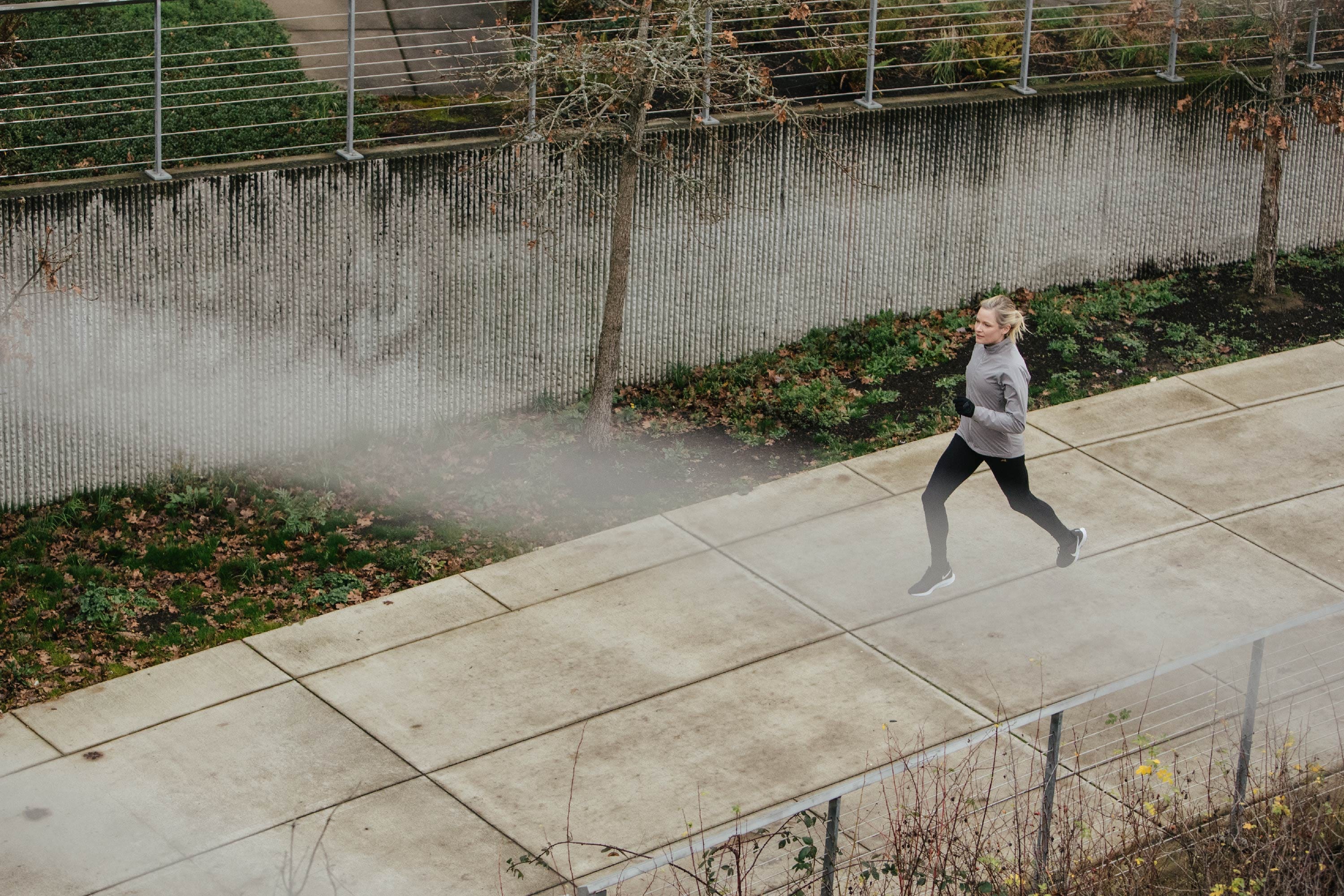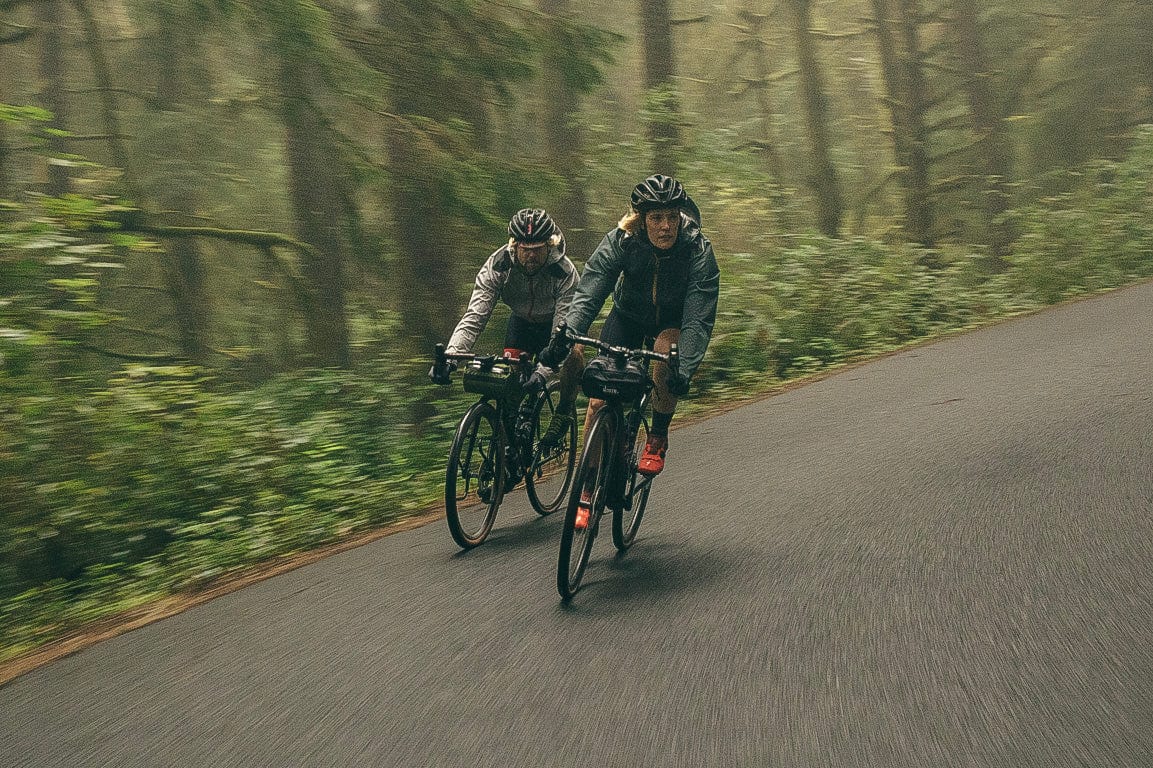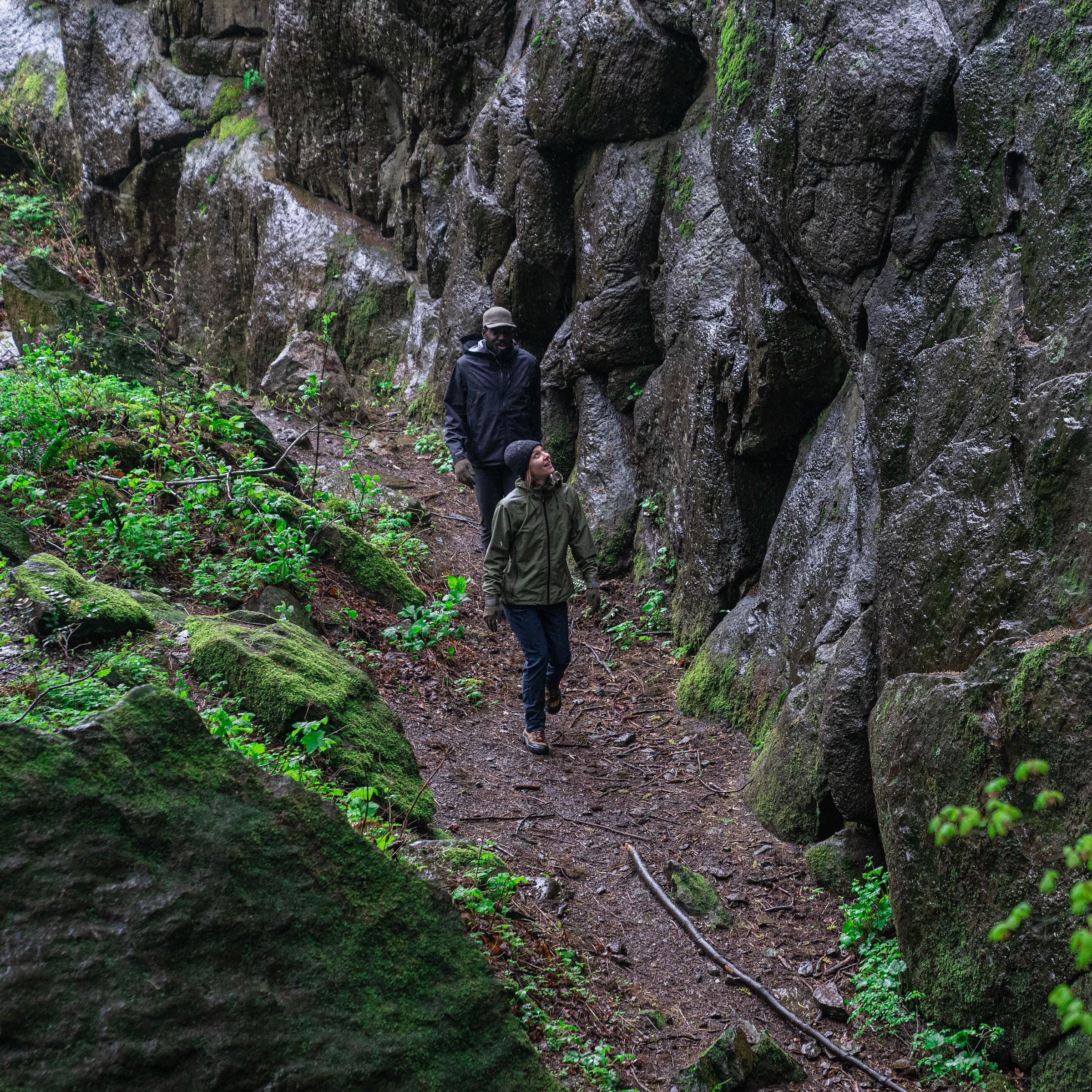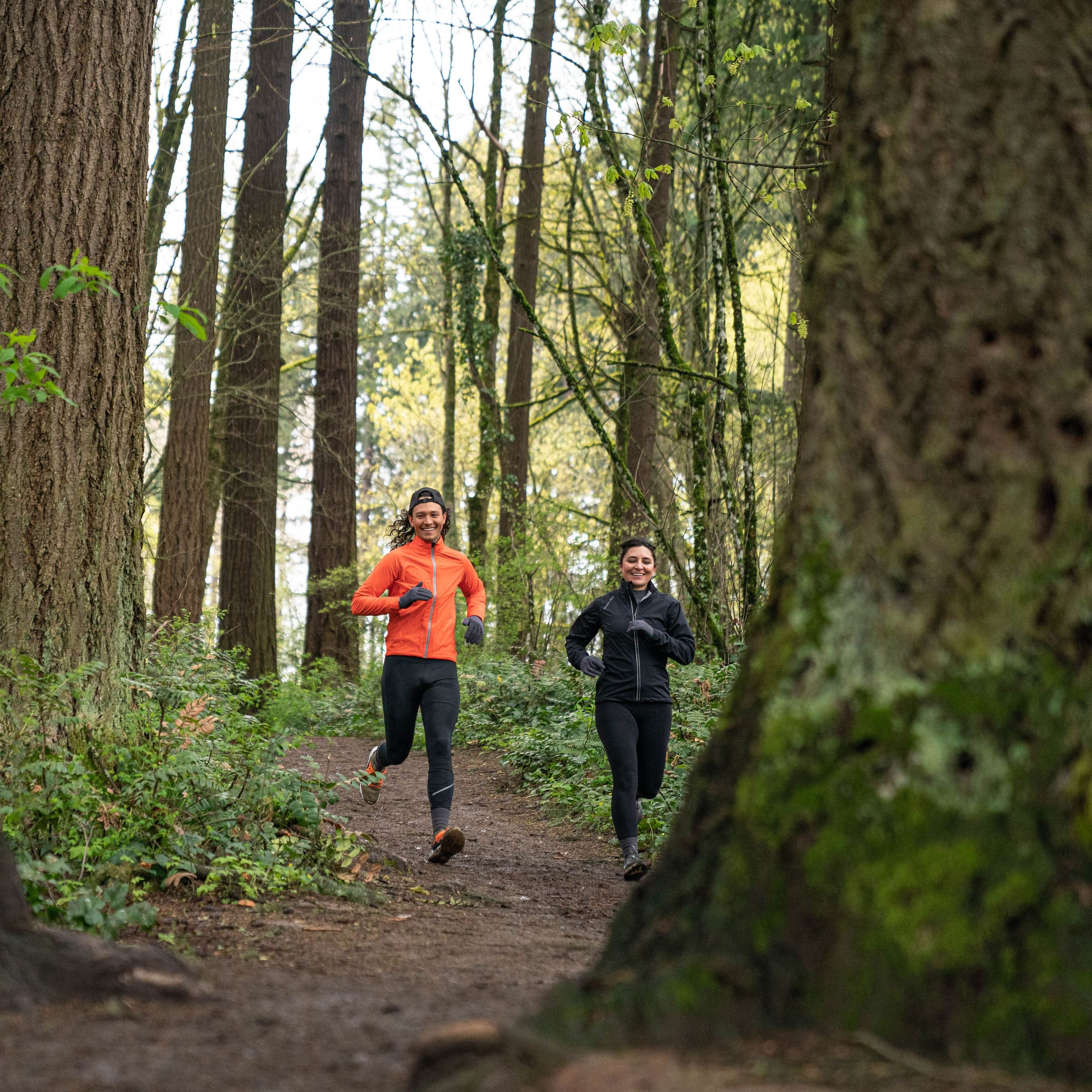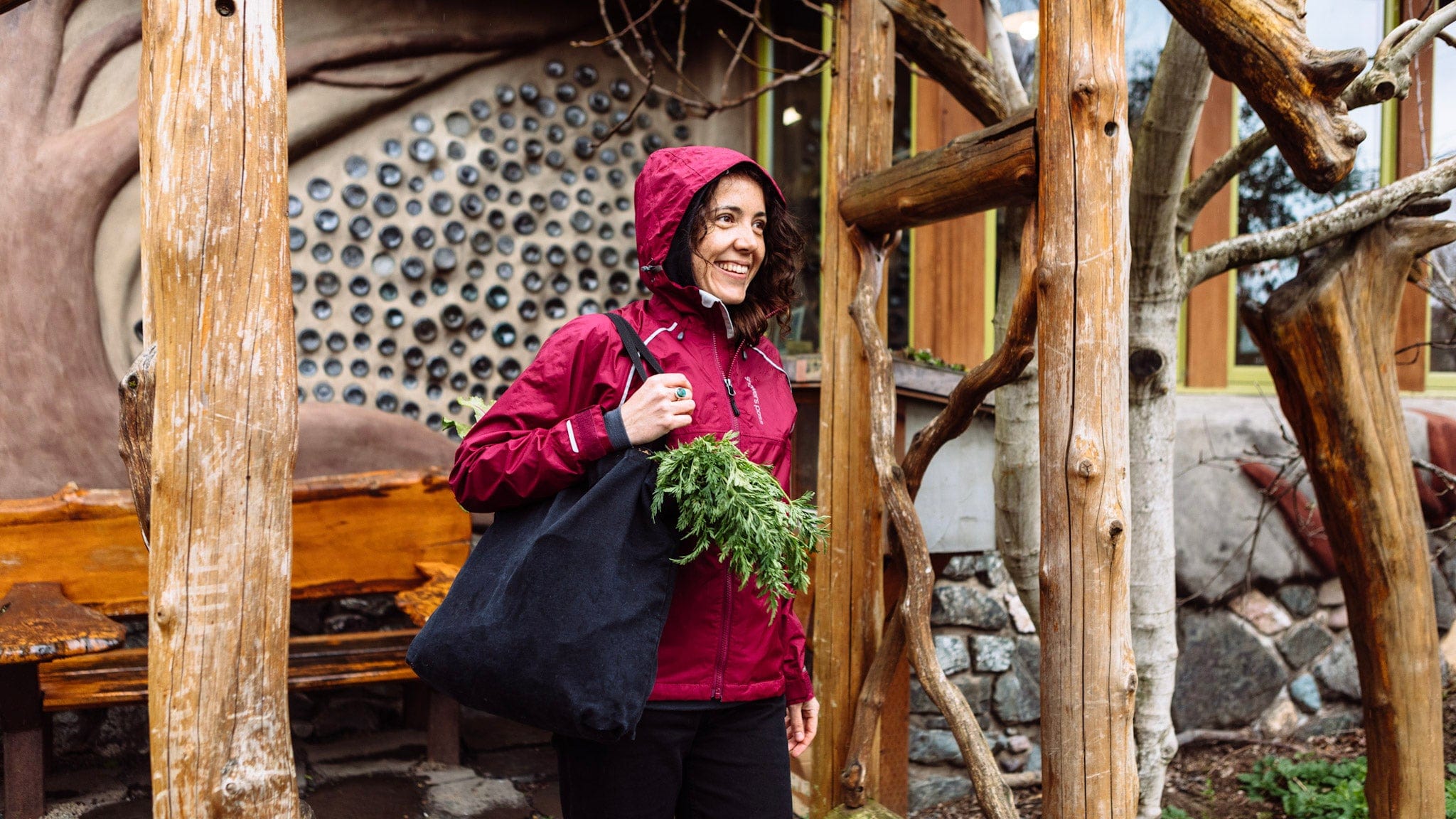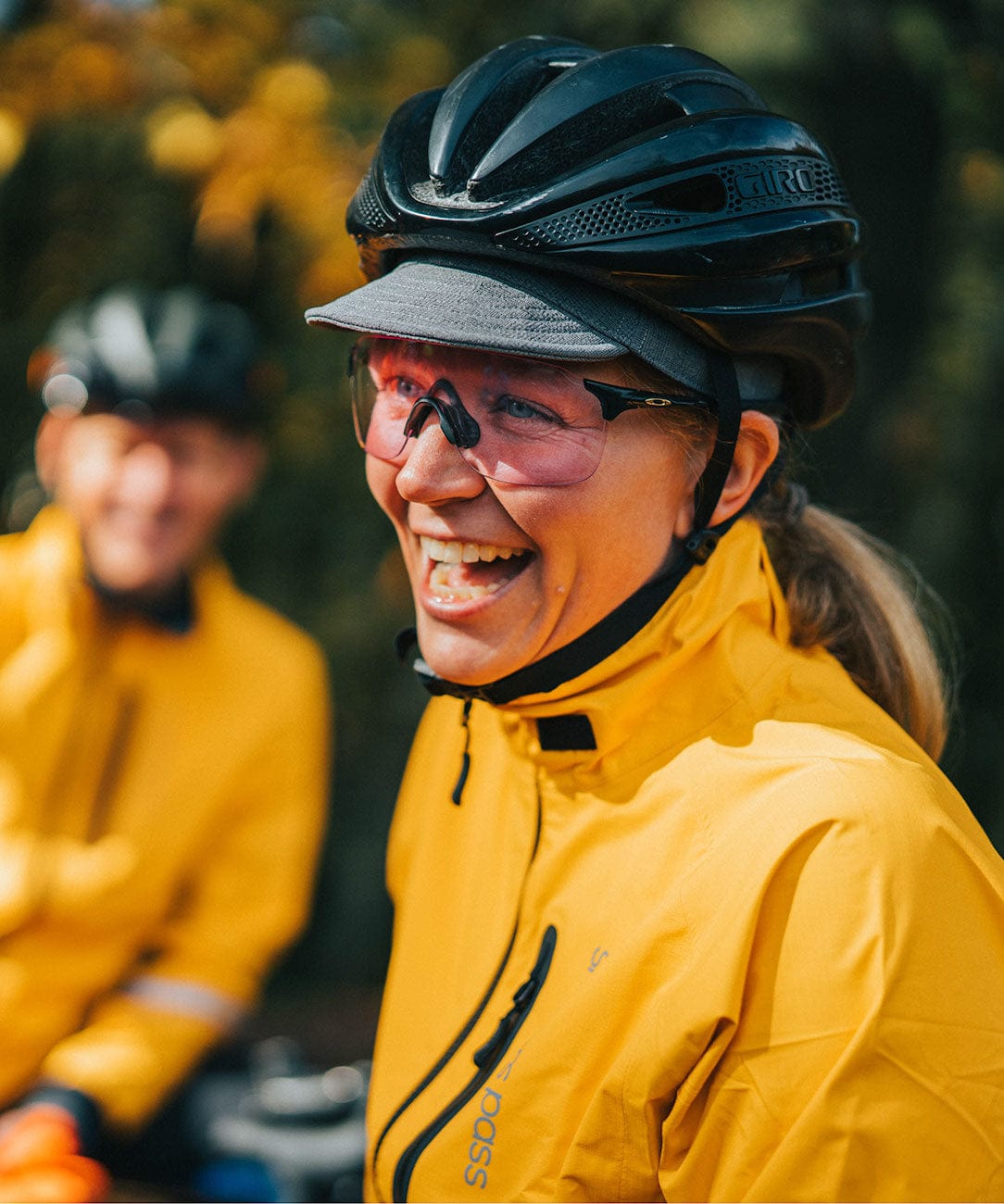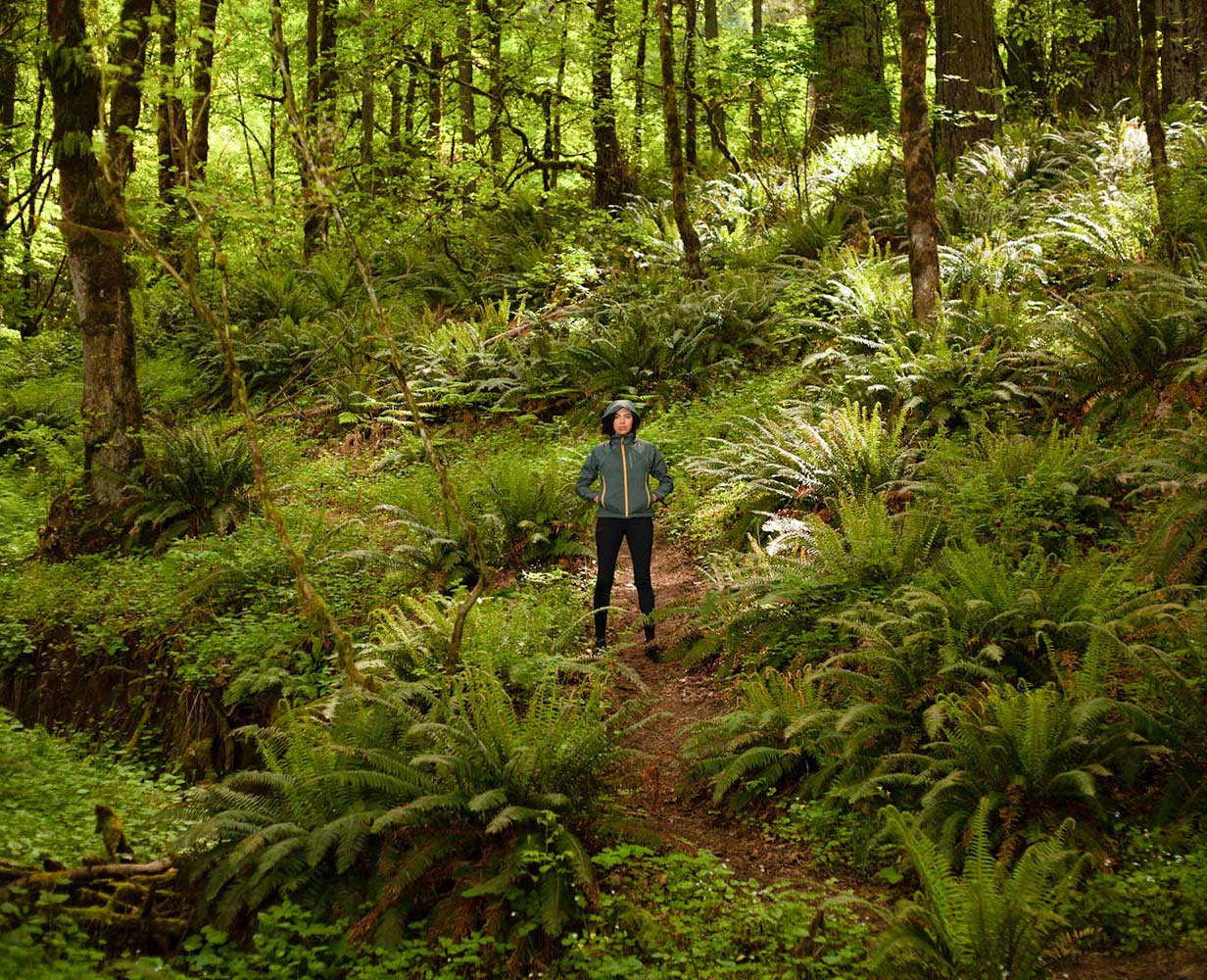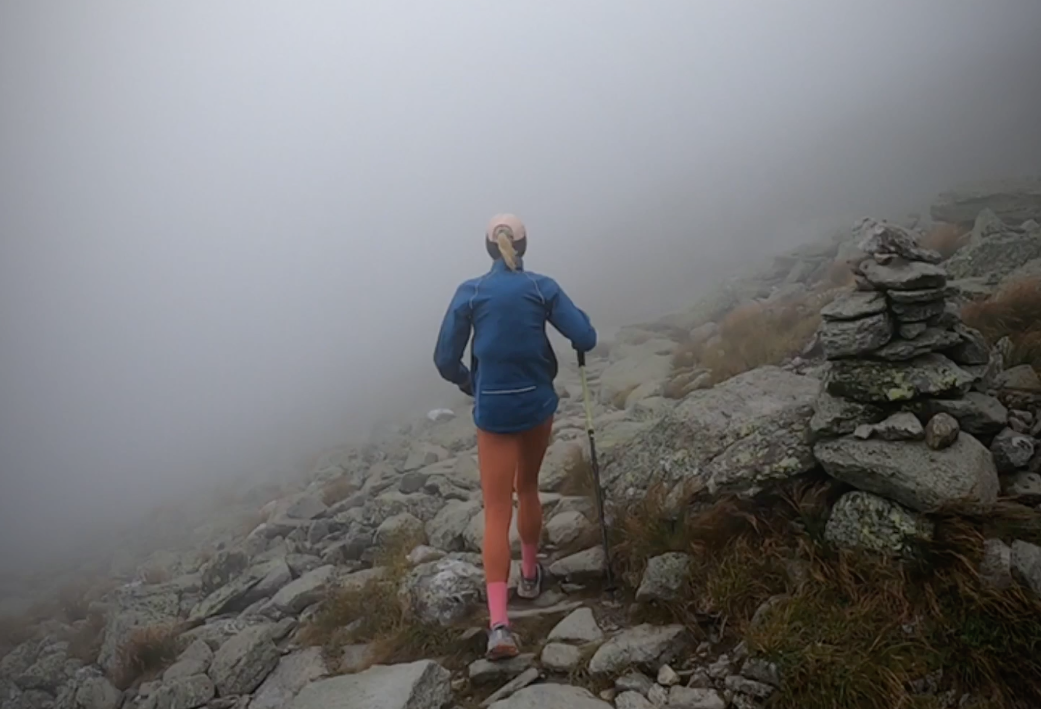This past summer I ran and hiked the entire Appalachian Trail in an attempt to set a Fastest Known Time. Knowing I’d be facing a wide variety of weather conditions in the 2,193 miles from Georgia to Maine, I was eager to test out a prototype of the Cloudburst Jacket throughout my journey. In Part 1 of this blog post, I covered what it was like to hike in the brutal heat and humidity of the south, in addition to dealing with frequent afternoon thunderstorms and hiking right through Hurricane Isaias in New Jersey. In Part 2, I’ll share what it was like to run and hike through the majestic, alpine sections of the AT through New Hampshire and Maine.

The adverse weather conditions I’d face in New Hampshire were somewhat predictable given that the Presidential Range, home to Mt. Washington, is notorious for having some of the worst weather in the world. Leading up to my thru-hike, I read with morbid curiosity Not Without Peril by Nick Howe, detailing the struggles, deaths, and near escapes of hikers in the very mountain range I’d be traversing. The most common reason for death was underpreparedness for exposure to the elements above treeline. At one moment you could be comfortably hiking in shorts and a t-shirt with a clear blue sky and sun shining. At the next moment, storm clouds could roll in, the temperature could drop, and the wind could pick up with hurricane-like force. Suddenly your visibility could be reduced only the next few feet ahead in the form of rocks that all look the same, with no distinguishable path. Anyone could easily become disoriented and lost without being able to see the next cairn ahead. It made sense reading about how things had gone so wrong for hikers in the past, but I didn’t truly “get it” until experiencing just how tricksy the ever-changing weather could be.

My hiking companion Ted and I set off from Crawford Notch just after 4:00am. Anticipating the cold weather above treeline, I had layered up in tights, a long sleeve, and had my Cloudburst Jacket handy. The jacket has a neat feature in that it can pack itself into the back zipper, making it into a compact little square. We warmed up pretty quickly when we were down low, but as we hiked up the relentless 5,000ft climb to Mt. Washington, the temperature dropped and I threw the jacket on right over my hydration pack. Despite the extra bulk from my pack, and stretchy fabric of the jacket was more than accommodating and I was able to zip it up with ease.
When we reached the summit of Mt. Washington, I asked Ted to take my photo, which I then sent by text message to my one-person support crew Warren who was waiting for us 13.5 miles away at Pinkham Notch. Along with the photo I wrote, “Made it to the Mt. Washington summit and doing fine! Weather not bad. Heading out now.” Famous last words. The conditions were misty, cold, and visibility was low, but the Cloudburst Jacket had kept me plenty warm and dry.

It began sprinkling a bit while we were on the summit, and as we descended from Mt. Washington and continued north along the Presidential Traverse, the rain began to pick up and so did the wind. It all happened so quickly. The next five-plus miles of the trail continued above treeline, completely exposing us to the elements. Ted and I found ourselves picking up the pace in an effort to stay warm. I started to feel a bit nervous about our situation and my heart started to pound. The rain continued to pelt down and without any place to safely shelter, our only option was to keep moving. We found some brief respite from the wind behind a large cairn, where Ted offered me some hand warmers to drop in my mittens, and helped wrestle my emergency poncho out of my pack without letting the wind carry it away. He helped me put it on, and I proceeded to cinch its drawstring tightly under my chin. While we were both remaining outwardly calm, there was a clear mutual awareness of the gravity of the situation. We had to keep moving!

Thankfully, we reached our next destination, the Madison Spring Hut, where we were able to warm ourselves with some hot chocolates before continuing on our way. The rain had died down, but the wind was just getting started. As we ascended the rugged, rocky slope up Mt. Madison, the wind puffed up my poncho like a sail, and whipped my hiking pole around every time I picked it up. My Cloudburst Jacket underneath was doing its job, keeping my core dry and warm. At one point, the wind knocked me off my balance and I steadied myself while pressing sideways into a large slab rock; then I couldn’t actually push myself off, as the wind was pinning me down. Ted, perhaps a bit bewildered, asked if I was okay and I just started laughing. “I’ve fallen, and I can’t get up!” By the time we made it to the other side of the mountain and began descending, we were finally out of the wind, the sun came out, and we warmed up to a point where we could start peeling off all our layers. I cinched the arms of my Cloudburst Jacket around my waist, which stayed put and formed to my body well. We followed the trail as it dropped back down into the trees, and made our way to the Pinkham Notch Campground where we found Warren patiently waiting for us at a picnic table. True to the title of the book I had read, we had gotten through the worst of the danger, but “not without peril.”

One lesson I learned on the trail is that you can plan and prepare to your heart’s content, which can go a long way toward getting yourself out of some hairy situations and even make a difference between life and death. For example, take a jacket with you even if you think you won’t need it! However, there are some things I felt that didn’t fully understand or comprehend until just getting out there and experiencing it for myself. It’s one thing to read about the wrath of the weather atop Mt. Washington, and quite another to feel so vulnerable and small in the thick of it. I’ve heard countless stories of hikers’ feet ballooning in size (referring to Part 1 of this post), but somehow thought it couldn’t be that bad. I knew that for so many, hiking the AT was a spiritual and life-changing journey, yet I couldn’t have predicted how much it would change me. I went into this experience as a thru-hiking rookie, and came out of it feeling like my mind and body have been tempered like a sword.
I summited Katahdin on clear, cold, and windy day on August 27th, 2020, completing the entire Appalachian Trail in 51 days, 16 hours, and 30 minutes, the fastest known time northbound for a woman. Surprisingly it was colder and windier at the base of the mountain than it was at the top. I began the ascent bundled up in my Cloudburst Jacket and shed it halfway up the mountain, once again tying it around my waist. Touching the sign at the summit felt surreal then and the memory of it is surreal now. While at the time it felt like “the end,” after all I learned and gained from the experience, I can’t help but think about all the possibilities and next adventures that lie ahead. Perhaps it was just the beginning.

My final day on the trail, crossing Abol Bridge before climbing Katahdin (the mountain in the background)
